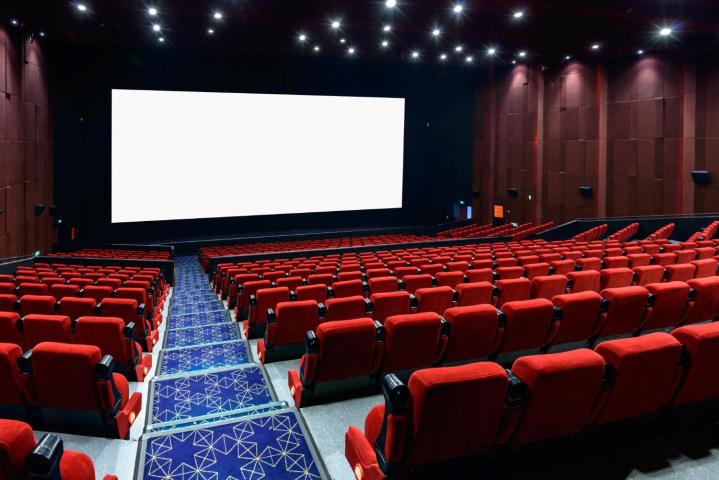
That’s why we’re so glad to hear that Lionsgate has announced that several of its upcoming films will support DTS:X surround sound in select DTS:X-equipped theaters. The films include American Ultra, which is in theaters now, as well as Sicario and Mockingjay: Part 2, which hit theaters on September 18 and November 13 respectively.
Like its competitor Dolby Atmos, DTS:X uses “object-based” sound for its immersive audio, unlike older technologies that were strictly channel-based. This allows a sound engineer to freely move sound sources around, rather than manually setting the sound’s channels. This makes for more realistic sound and audio that is generally more immersive, but also allows for more creativity on the engineer’s part.’
Dolby Atmos offers the same advantages described above, but is generally more rigid than DTS:X. A home theater setup for either technology now generally utilizes a total of 11 speakers, though DTS:X is less tied to a specific amount of channels or even number of speakers. DTS also has another method of getting studios to choose DTS:X.
The DTS MDA Creator Tool, which Lionsgate is using for its films, handles object-based audio, but can also allow sound engineers to use a single mix for both object-based immersive theaters and channel-based conventional theaters. This time-saving tool doesn’t require a license fee, so we’ll likely see more films from other studios supporting DTS:X in the future.
A fairly small number of theaters support DTS:X for the time being, but for theaters with an existing DTS installation, upgrading to DTS:X is fairly cheap. Even starting from scratch, DTS says that its immersive audio “can be achieved for almost any room configuration by installing DTS:X-approved equipment and working with the recommended speaker installation guidelines.”
Dolby Atmos has a head start this time, but ultimately which technology we’ll see used more often up to the studios making the films, and for the time being some pretty major films are opting for DTS:X.


